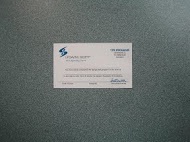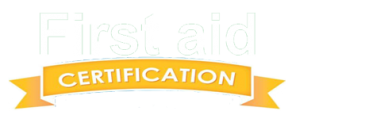
In Canada, first aid certification is provided under authorizations from organizations that approve first aid training providers. The four organizations that authorize the course providers include the Canadian St Mark James, St Johns ambulance, Lifesaving society Canada and Canadian ski Patrol. In addition to the courses that deal with standard first aid and emergency, the organizations provide specialized courses, for instance, wilderness first aid which is provided by St, John ambulance and aquatic emergency care provided to life guards. St Mark James Training offer training aligned with the regulations for attendants in workplaces.
First aid certification is also provided through private training firms. However, these firms must be authorized and accredited by the relevant ministry. There are also standards set for first responders or emergency medical responders. To get certified to work in any of these roles you must go through the specialized training that goes beyond the standard first aid.
Standard and emergency first aid certification
The syllabus used in the training and time taken also determines whether you get certified. For those that want a standard first aid certification, you must take sixteen hours and eight hours for re-certification. However, the eight hours of re-certification must be within a specific recurrent period. If you want to have re-certification when that period has expired, you have to redo the sixteen hours of standard first aid training. The period is determined by health Canada that is a department of the Canadian government that accredits the training institutions that provide training for workers in federally regulated organizations.
To get certification for emergency first aid, you must take an eight hour course that covers fatal emergencies such as CPR, choking, bleeding, cardiac arrest, heart attacks, and other life threatening medical situations. For standard first aid, you must take a sixteen hour course that covers the same content as the emergency training. It will cover training on handling cases such as head and neck injuries, system injuries, wound care, casualty management and emergence child birth.
CPR Certification
In Canada, CPR certification is categorized in different levels. In level A the trainees learn the choking procedures used on adults or how to conduct CPR on one person. Level B is similar to A, but the trainees learn to carry put these procedures to both adults and children. In level C, the trainees learn how to conduct CPR to two people in addition to same procedures in level A and B. Trainees in different levels get first aid certification after completing each level.
